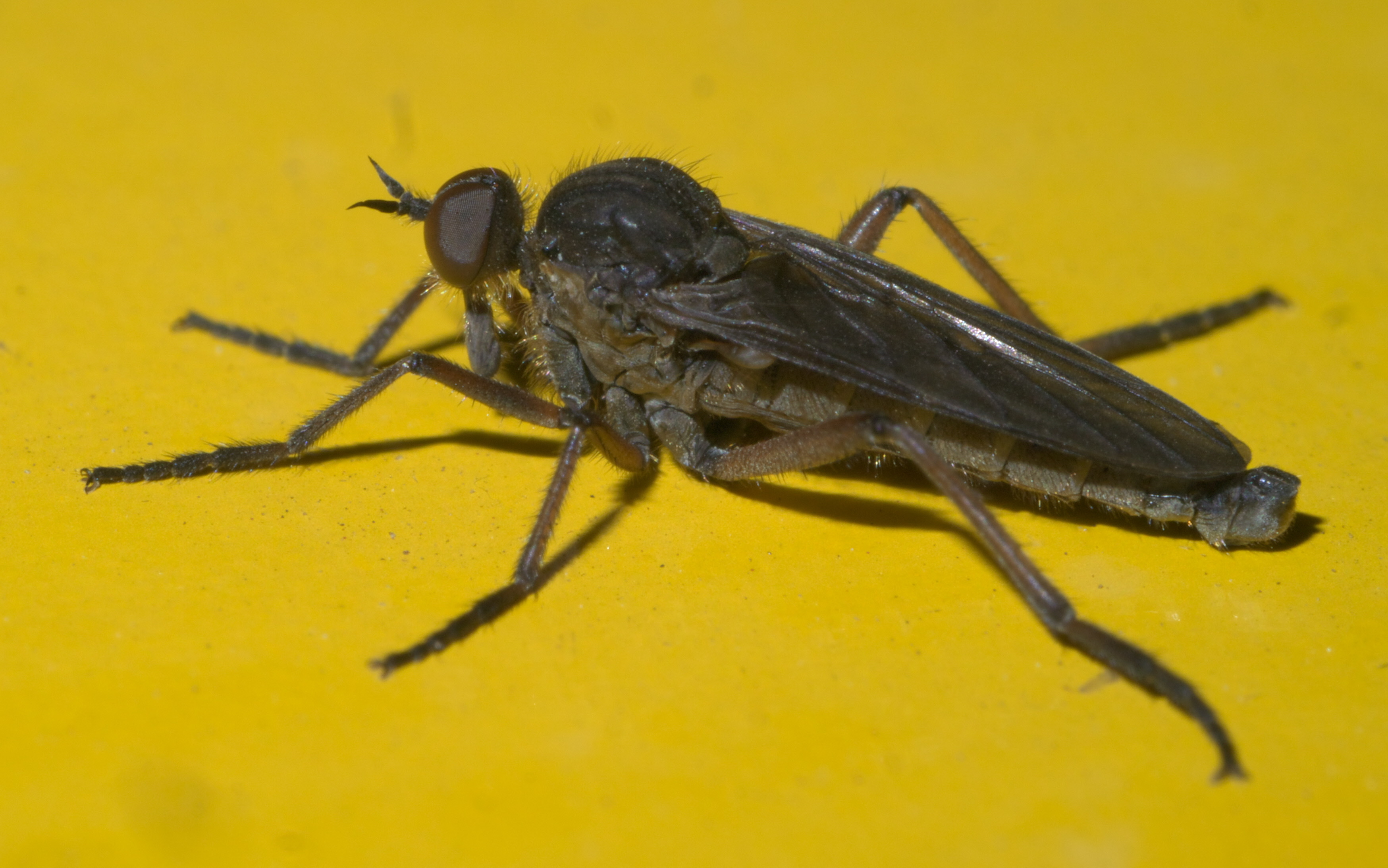|
Rhamphomyia Clypeata
''Rhamphomyia clypeata'' is a species of dance flies, in the fly family Empididae __NOTOC__ Empididae is a family of flies with over 3,000 described species occurring worldwide in all the biogeographic realms but the majority are found in the Holarctic. They are mainly predatory flies like most of their relatives in the Empido .... It is included in the subgenus ''Aclonempis''. References Rhamphomyia Asilomorph flies of Europe Insects described in 1834 Taxa named by Pierre-Justin-Marie Macquart {{Empidoidea-stub ... [...More Info...] [...Related Items...] OR: [Wikipedia] [Google] [Baidu] |
Pierre-Justin-Marie Macquart
Pierre-Justin-Marie Macquart (8 April 1778 – 25 November 1855) was a French entomologist specialising in the study of Diptera. He worked on world species as well as European and described many new species. Biography Early years Macquart was born in Hazebrouck, France, in 1778 and died in Lille in 1855. He was interested in natural history from an early age due to his older brother who was an ornithologist and a Fellow of the Société de Sciences de l’Agriculture et des Arts de la Ville de Lille and whose bird collection became the foundation of the societies museum, the Musée d'Histoire Naturelle de Lille. A second brother founded a botanic garden with a collection of over 3000 species of plants. Macquart, too became interested in natural history. In 1796 he joined the staff of General Armand Samuel then campaigning in the French Revolutionary Wars: Campaigns of 1796, Revolutionary Wars. He was a secretary and draftsman. The general staff was stationed in Schwetzingen, th ... [...More Info...] [...Related Items...] OR: [Wikipedia] [Google] [Baidu] |
Empididae
__NOTOC__ Empididae is a family of flies with over 3,000 described species occurring worldwide in all the biogeographic realms but the majority are found in the Holarctic. They are mainly predatory flies like most of their relatives in the Empidoidea, and exhibit a wide range of forms but are generally small to medium-sized, non-metallic and rather bristly. Common names for members of this family are dagger flies (referring to the sharp piercing mouthparts of some species) and balloon flies. The term "dance flies" is sometimes used for this family too, but the dance flies proper, formerly included herein, are now considered a separate family Hybotidae. Description For terms see Morphology of Diptera. Empididae are small to medium-sized flies, rarely large (1.0 to 15.0mm.). The body is slender, or elongated and rarely thickset. The colour ranges from yellow to black, and they may be pollinose or lustrous, but never have a metallic gloss. The head is often small and rounded with ... [...More Info...] [...Related Items...] OR: [Wikipedia] [Google] [Baidu] |
Rhamphomyia
''Rhamphomyia'' is a genus of dance flies, in the fly family Empididae. Species The species of ''Rhamphomyia'' are arranged into subgenera, as follows: ;'' Aclonempis'' Collin, 1926 :*'' Rhamphomyia albohirta'' Collin, 1926 :*'' Rhamphomyia andalusiaca'' Strobl, 1899 :*'' Rhamphomyia clypeata'' Macquart, 1834 :*'' Rhamphomyia eupterota'' Loew, 1873 :*'' Rhamphomyia galactoptera'' Strobl, 1893 :*'' Rhamphomyia gibbifera'' Strobl, 1906 :*'' Rhamphomyia leptopus'' Loew, 1873 :*'' Rhamphomyia longipes'' ( Meigen, 1804) :*'' Rhamphomyia mariobezzii'' Barták, 2001 :*'' Rhamphomyia minor'' Oldenberg, 1922 :*'' Rhamphomyia nox'' Oldenberg, 1917 :*'' Rhamphomyia nubes'' ( Collin, 1969) :*''Rhamphomyia umbripes'' Becker, 1887 ;'' Amydroneura'' Collin, 1926 :*'' Rhamphomyia bipila'' Strobl, 1909 :*'' Rhamphomyia claripennis'' Oldenberg, 1922 :*'' Rhamphomyia crassicauda'' Strobl, 1893 :*'' Rhamphomyia erythrophthalma'' Meigen, 1830 :*'' Rhamphomyia gibba'' ( Fallén, 1816) ... [...More Info...] [...Related Items...] OR: [Wikipedia] [Google] [Baidu] |
Insects Described In 1834
Insects (from Latin ') are pancrustacean hexapod invertebrates of the class Insecta. They are the largest group within the arthropod phylum. Insects have a chitinous exoskeleton, a three-part body (head, thorax and abdomen), three pairs of jointed legs, compound eyes and one pair of antennae. Their blood is not totally contained in vessels; some circulates in an open cavity known as the haemocoel. Insects are the most diverse group of animals; they include more than a million described species and represent more than half of all known living organisms. The total number of extant species is estimated at between six and ten million; In: potentially over 90% of the animal life forms on Earth are insects. Insects may be found in nearly all environments, although only a small number of species reside in the oceans, which are dominated by another arthropod group, crustaceans, which recent research has indicated insects are nested within. Nearly all insects hatch from eggs. Insect ... [...More Info...] [...Related Items...] OR: [Wikipedia] [Google] [Baidu] |

